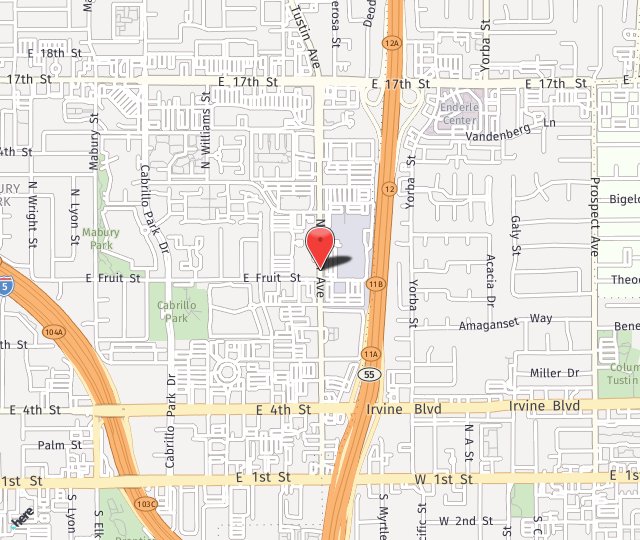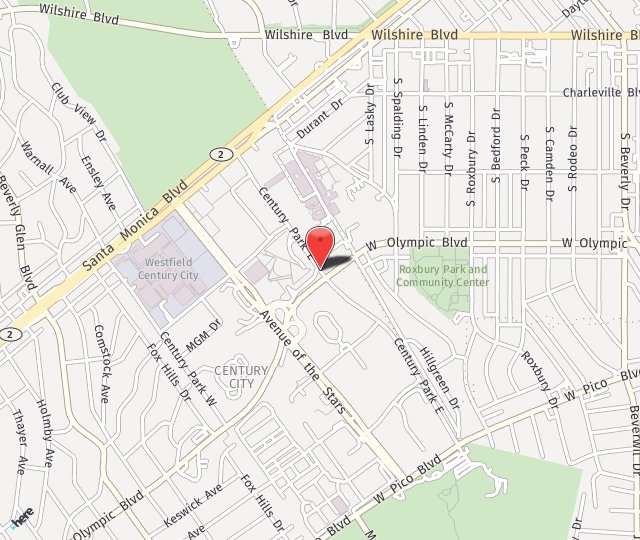The constant use of the lower extremities makes them an easy target for injury and overuse, specifically in the knees. Walking, sitting, and standing all put pressure on our knees and most athletic activities rely on a health knees. Knee pain from injuries and other ailments effect thousands of people in the US each year. It is important to diagnose the source of the pain in order to successfully treat these conditions.
Conditions
Knee Osteoarthritis
Osteoarthritis, also known as wear-and-tear or degenerative arthritis, is the most common form of arthritis, affecting millions of people in the US each year. This condition is most common in older patients whose bone surface cartilage has worn down over time due to age, and in athletes who have worn down their cartilage from overuse and repetitive injuries.
Patients with osteoarthritis may experience pain, swelling and stiffness within the joint, which tend to worsen as the condition progresses. Your doctor can diagnose this condition after evaluating your symptoms and performing an X-ray examination of the knee. Several other factors should be taken into consideration when diagnosing osteoarthritis, including evaluation of the patient's spine, nearby joints, posture and gait.
Treatment for osteoarthritis initially focuses on relieving pain and other symptoms, and may include rest, physical therapy, bracing and anti-inflammatory medication. Arthroscopic surgery may be used to remove torn and loose fragments of cartilage and meniscus creating mechanical symptoms of catching and locking. More severe cases of osteoarthritis may require surgery to reposition the bones or replace the joint.
Meniscal Tear
Made of a cartilage shock absorbing disc between the femur (thighbone) and tibia (leg or shin bone) bone, the C-shaped meniscus performs many functions in the knee. Besides absorbing stress the meniscus helps the knee to stabilizes the joint, helps it carry weight, facilitates turning in many directions, and keeps the femur and tibia from rubbing together. Athletic injury (trauma) or daily stress on weakened tissue associated with age and degeneration can tear the meniscus. Movements most likely to result in a meniscal tear are twisting the knee, pivoting, cutting and rapidly decelerating. A meniscal tear may occur at the same time as a knee (ACL) ligament tear.
Symptoms of a meniscal tear include stiffness, swelling, pain, tightness, tenderness, and fluid build-up frequently described as "water on the knee." If a piece of the meniscus breaks off in the joint, the knee may pop, slip or lock (become stuck at a 45-degree angle until physically moved out of the position).
Meniscus tears do not heal. When they cause ongoing symptoms they are best treated with out-patient arthroscopic surgery. In younger pateints with tears that still maintain a blood supply they are repaired with sutures. The majority of tears occur in a portion of the meniscus that does not have a blood supply to allowing healing and in these cases the loose or torn meniscus fragment is removed to relieve symptoms and also to prevent the tear from enlarging over time.
ACL Tear
The anterior cruciate ligament (ACL) works together with the other ligaments in the knee to connect the femur to the tibia and support the knee joint. A tear in the ACL is one of the most common knee injuries, causing the joint to become unstable and slide forward and twist out of normal position. This injury occurs most often in athletes and causes pain, swelling, tenderness and limited motion.
Individualy who are engaged in pivoting activities (athletics or work) are best treated with surgery. Stabilizing the knee with surgery restores normal knee function and prevents persistant giving way episodes that cause pain, swelling, and progressive damage to the joint. Those who are not engaged in pivoting activities on a regular basis may do well without surgery and these patients are treated with rehabilitation and the use of a ACL ligament brace.
ACL reconstruction is usually not performed until several weeks after the injury, when swelling and inflammation have been reduced. Once torn the ACL will not heal, and different from other ligaments, simply repairing the torn ends will not cause the ACL to heal. The torn ACL ligament is removed at surgery and replaced with a graft that comes from the patient, such as the patella tendon or hamstring tendon, or is replaced with a cadavar tendon. Deciding on which type of ligament reconstruction is best is determined by evaluating the injury, patient age, and life style of the patient.
ACL surgical reconstuction is now performed as an out-patient procedure using arthroscopic techniques rather than through open surgery. Rehabilitation is required after surgery. While return to daily activities occurs quickly, return to competitive pivoting sports typically takes five to six months.
Bursitis
A Bursa is a protective thin sac the covers bones at locations where the bone is prominent under the skin such as the patella. In the Knee the most common type of bursa inflamation (bursitis) occurs over the patella and is known as pre-patella bursitis. There may be pain and swelling as the bursa sac fills with inflamatory fluid. Treatment includes rest from direct pressure over the bursa, ice, and anit-inflamatory medications. When the swelling persists, drainage of the fluid and placement of a cortisone injection typically helps to resolve the condition.
Patella Femoral Pain
The patella, commonly known as the kneecap, helps increase leverage and support within the knee joint. Pain may develop in the patella as a result of overuse or trauma. The pain typically comes from stress and wear to the cartilage covering the underside of the patella and the top of the femoral groove (portion of the femur where the patella glides). Pain may also occur due to altered alignment of the patella on the femoral groove.
The majority of patella femoral pain syndromes may be treated sucessfully with rehabilitation and rarely require surgery. Surgery may be required when non surgical treatment programs have failed, when their is an associated fracture, or when their is a complete tear or the supporting patella ligaments.
Runner's Knee
Runner's knee is a common ailment affecting runners and other athletes as a result of overuse, trauma, misalignment or weak muscles and leading to pain and occasional swelling. Any activity that requires frequent knee bending, including walking, biking or jumping, can result in runner's knee, also known as patellofemoral pain syndrome.
Athletes with runner's knee often experience pain behind or around the kneecap which may worsen while walking, kneeling, running or sitting, as well as swelling and a popping sensation in the knee. Your doctor may perform an x-ray, MRI or CT scan in addition to a complete medical evaluation in order to diagnose this condition.
For many patients, runner's knee can be effectively healed through simple treatments like resting, icing and elevating the knee, wearing arch supports, taking anti-inflammatory medications and performing stretching and strengthening exercises. Severe cases may require surgery to remove damaged cartilage or realign the kneecap to evenly distribute pressure. Your doctor will develop a customized treatment plan for your individual condition.
Jumper's Knee
Tendonitis in the knee joint most often affects the patellar tendon, which connects the kneecap to the shin bone to extend and straignten the knee. Patellar tendonitis occurs when the patellar tendon and surrounding tissues become inflamed and irritated as a result of overuse. This condition often develops from excessive jumping, and is sometimes referred to as "jumper's knee".
Patients with patellar tendonitistypically experience pain, tenderness, and swelling where the tendon inserts on the patella but pain may occur along the entire tendon. The symptoms are typically made worse with running and jumbing activities.
Treatment for patellar tendonitis usually begins with conservative methods such as rest, applying ice, bracing and anti-inflammatory medications to help reduce symptoms and restore the tendon to its regular state. Surgery is rarely needed to correct this condition, and is only performed on patients with chronic tendonitis that involves a partial tearning that will not heal.






